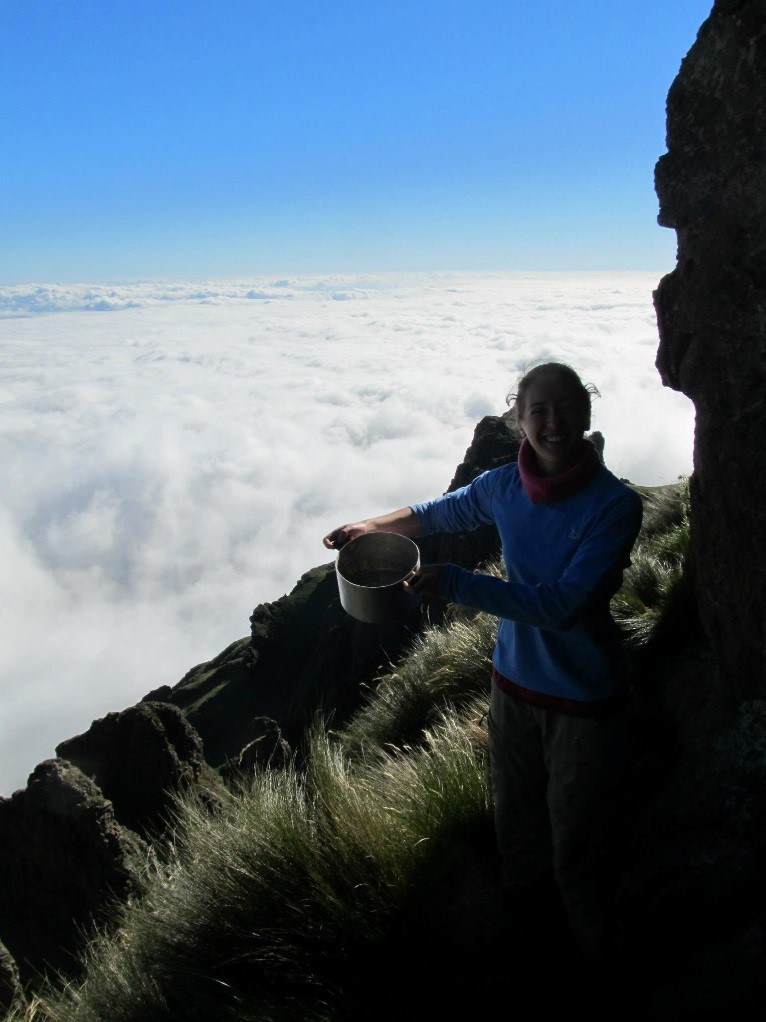Masters Students

Marike Louw
Counting chirps
With this MSc, I aim to evaluate how populations of a frog species endemic to the Cape Peninsula, Arthroleptella lightfooti, are affected by invasions of exotic woody vegetation. The Fynbos Biome contains more invasions of alien plants compared to any other vegetation type in South Africa. The presence of invasive woody species such as Pinus pinaster and Acacia saligna in the mossy seepage habitat of these frogs may have an effect on the population densities of the frog. Higher degrees of invasion by the plants may result in lower population densities of A. lightfooti. This hypothesis will be explored using an acoustic Spatially Explicit Capture Recapture method (aSECR). An array of microphones arranged around a recording device can capture the chirp-like calls emitted by male A. lightfooti. These calls can be analysed using aSECR (noting which microphones did and did not capture a particular call). Together with information such as the differences between the time of arrival (TOA) and signal strength (SS) of each call across the different microphones, the density of calling frogs can be estimated. With the current global decline of amphibian populations, mastering effective means to evaluate or monitor amphibian populations is quintessential for conservation efforts.
From January 2016 to February 2018
Stellenbosch University